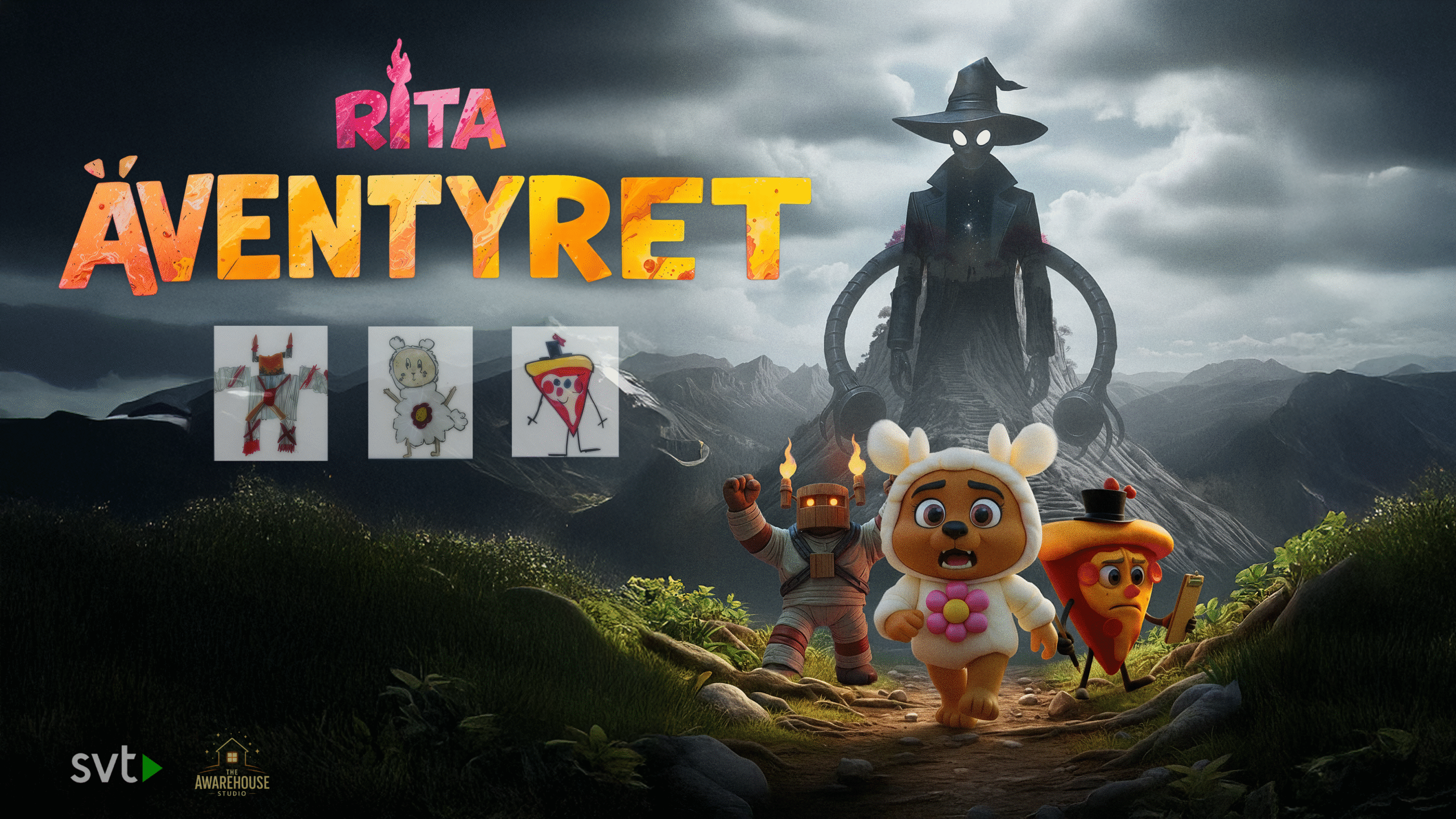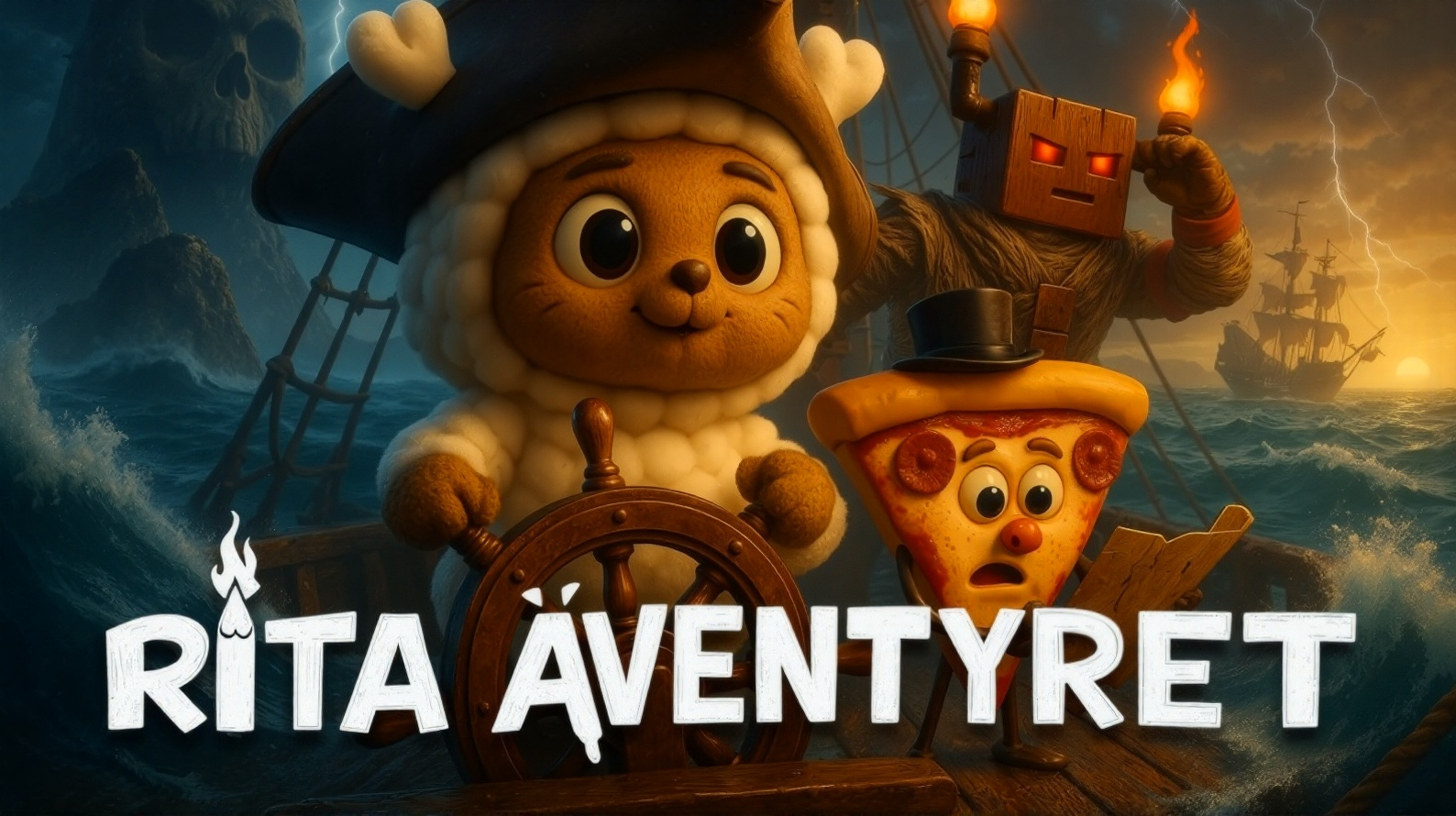Kling 2.1, marks a significant leap forward in AI-powered video generation. Designed to rival industry leaders like Google’s Veo 3, Kling 2.1 introduces enhanced realism, faster rendering, and improved prompt adherence, making it a compelling choice for creators seeking cinematic-quality content.
What’s New in Kling 2.1?
Kling 2.1 builds upon its predecessor with several key advancements:
-
Enhanced Realism: Utilizing advanced 3D spatiotemporal attention mechanisms and proprietary 3D VAE technology, Kling 2.1 delivers cinema-grade output with fluid motion and lifelike details.
-
Improved Prompt Adherence: The model offers precise control over camera movements and emotional expressions, allowing for more accurate interpretations of user prompts.
-
Faster Rendering: Generation speeds have been significantly improved, reducing wait times and enhancing workflow efficiency.
Model Tiers and Pricing
Kling 2.1 is available in three tiers, catering to different user needs:
-
Standard Mode: 720p resolution at 20 credits per 5-second video.
-
Professional Mode: 1080p resolution at 35 credits per 5-second video, offering a balance between quality and cost.
-
Master Mode: 1080p resolution at 100 credits per 5-second video, providing the highest quality with advanced features.
The Professional mode delivers visual quality close to the Master tier at less than half the cost, making it a cost-effective option for professional creators.
Image-to-Video and Text-to-Video Capabilities
Kling 2.1 excels in both image-to-video and text-to-video generation:
-
Image-to-Video: Standard and Professional modes support image-to-video generation, requiring users to provide source images.
-
Text-to-Video: The Master mode includes text-to-video capabilities, allowing for dynamic scene generation based on textual prompts.
In tests, Kling 2.1 demonstrated superior performance in image-to-video tasks compared to Veo 3, particularly in understanding camera movement and scene elements.
Realism and Emotional Depth
Kling 2.1 showcases significant improvements in rendering human emotions and complex motions:
-
Emotional Expression: The model effectively portrays emotions, focusing on the portrayal of the emotion itself, which enhances the storytelling aspect of generated videos.
-
Complex Motion Sequences: Enhanced prompt adherence allows for precise control over dynamic shots, resulting in compelling action sequences and realistic physics effects.
Kling 2.1 vs. Google Veo 3
While both models offer high-quality video generation, they have distinct strengths:
-
Kling 2.1: Excels in image-to-video conversion and prompt adherence, making it ideal for creators focusing on visual storytelling.
-
Veo 3: Stands out with its integrated audio generation capabilities, enhancing the emotional impact of scenes.
The choice between the two depends on user preferences and project requirements.
Final Thoughts
Kling 2.1 represents a significant advancement in AI video generation, offering enhanced realism, improved prompt adherence, and faster rendering. Its tiered pricing structure provides flexibility for creators with varying needs and budgets. Whether you’re producing cinematic content or exploring new creative avenues, Kling 2.1 is a powerful tool worth considering.
SPECIAL OFFER
Want to have a go? Sign up at www.klingai.com and use the code 7B57V6P9HYRC for 50% extra credits on your first month!









